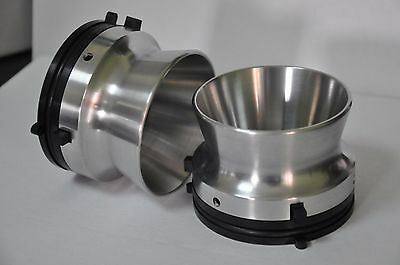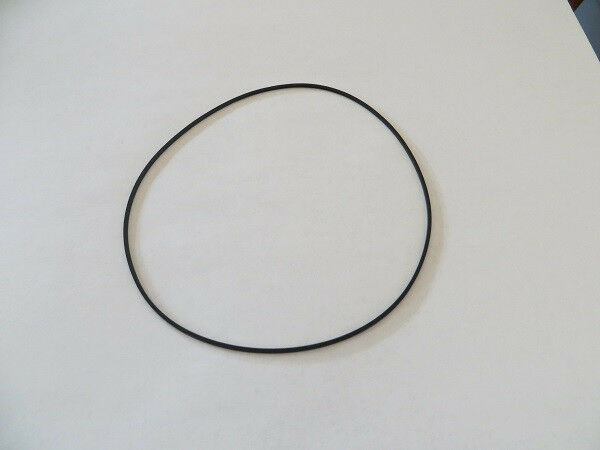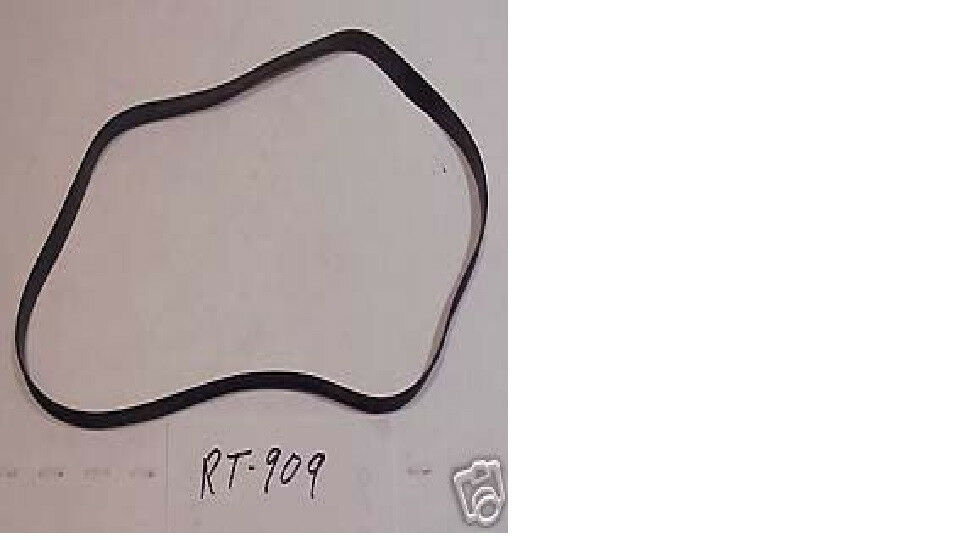-40%
TASCAM MSR-16 16-TRACK 1/2" TAPE MACHINE WITH REMOTE —— GREAT USED CONDITION
$ 923.47
- Description
- Size Guide
Description
TASCAM MSR-16 16-TRACK 1/2" TAPE MACHINE w/REMOTE. Condition is "Used".2 owner unit. I’ve had this for 20 years and made a lot of great recordings on it out of Admiral Bean Studio. Nothing like the sound of tape at any level.
Was last used transferring my tracks to pro tools. All was well. It’s been stored in a non smoking air conditioned home. It powers up fine. Only reason I’m getting rid of it is because I bought an MS 16 1” tape machine.
The Tascam MSR-16 is a 16 track multitrack recorder that uses 1/2" tape. It is set up for 1.5 mm thick, +6 tape, and in particular Quantegy 456. Although Quantegy 456 is no longer produced, RMGI (Emtec, and previously BASF, and previous to that AGFA) SM 911 will work just fine. Also, RMGI SM 468 can be used as well. It runs at 7.5 or 15 IPS. frequency response is 40 hz - 20 khz, cross talk 80db, S/N with DBX is 108db.
If shipped, it will professionally packed to ensure it arrives in good condition.
The MSR-16 has dbx Type I noise reduction which is mandatory to producing clear, hiss free recordings. The dbx can be switched on and off on tracks 1-8 and 9-16, and can be outright disabled on track 16 solely, for the purposes of SMPTE and MTC striping. There is also an Accessory 2 jack to use a device such as the Tascam MIDIizer to synchronize another MSR-16, the MSR-24, the TSR-8, or the 238 or 688. In addition, there is a remote control available for this machine that uses a standard serial cable also included.
Down to brass tacks: The MSR-16 makes excellent quality recordings. This is a powerful machine, particularly when combined with a DAW for added tracks. The recordings are crisp and clear, but if you want even crisper recordings uses higher bias tape (for which the machine is underbiased) such as RMGI SM 900. This may put more wear on the machine.
This is a narrow track machine, so don't expect to be able to get a lot of tape compression out of it, especially since the dbx is pretty much mandatory to use and compensates for it anyway. If you ever need to bounce tracks it will do it seemlessly, and you'll be impressed with the results. During the one session bounced a track, three times, adding more and more effect each time, and the loss of quality, due in part to the excellent onboard dbx, was indiscernible, particularly within the mix.













